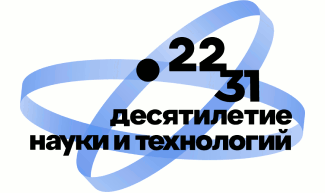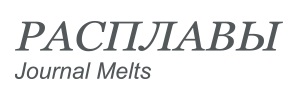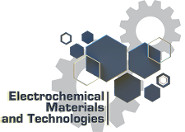Electrochemical method for high-temperature synthesis of oxide nanosized metal powders (aluminum, zirconium, titanium, tantalum, and lead) by direct anode oxidation of metals in chloride-oxide molten salt media has been developed.
The composition of molten salt mixture, oxidation temperature and electrolysis regime vary greatly in dependence on the metal type, determining crystallographic configuration and dispersity of obtained oxide powder. The optimal conditions for synthesis of either simple or complex (aluminates, titanates, and tantalates of alkali metals) metal oxides with the size of fibers and nanopowders from 20 to 50 nm have been established.
The obtained nanocrystalline materials have high catalytic activity and can be used as decomposition and combustion catalysts for high energetic systems, photochemical reactions and organic synthesis.
Aluminum and zirconium oxide nanopowder additions from 1 to 3 wt% are found to decrease as ceramic sintering temperature on 400-5000С as porosity of the produced ceramics that is perspective for their usage in ceramic industry.
The lead dioxide nanopowder has been synthesized for the first time and tested as a positive electrode for a lead-acid battery during 300 cycles. Electrodes made of lead dioxide nanofibers had low corrosion losses, good reproducibility of results and high values of discharge current densities which make them a recommendable perspective cathode material for lead-acid batteries.
The key advantages of the method:
- metal oxide nanopowders are nanocrystalline unlike other known nanopowders;
- the method has no analogues.




